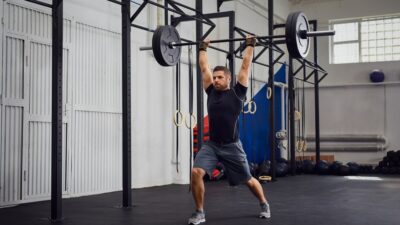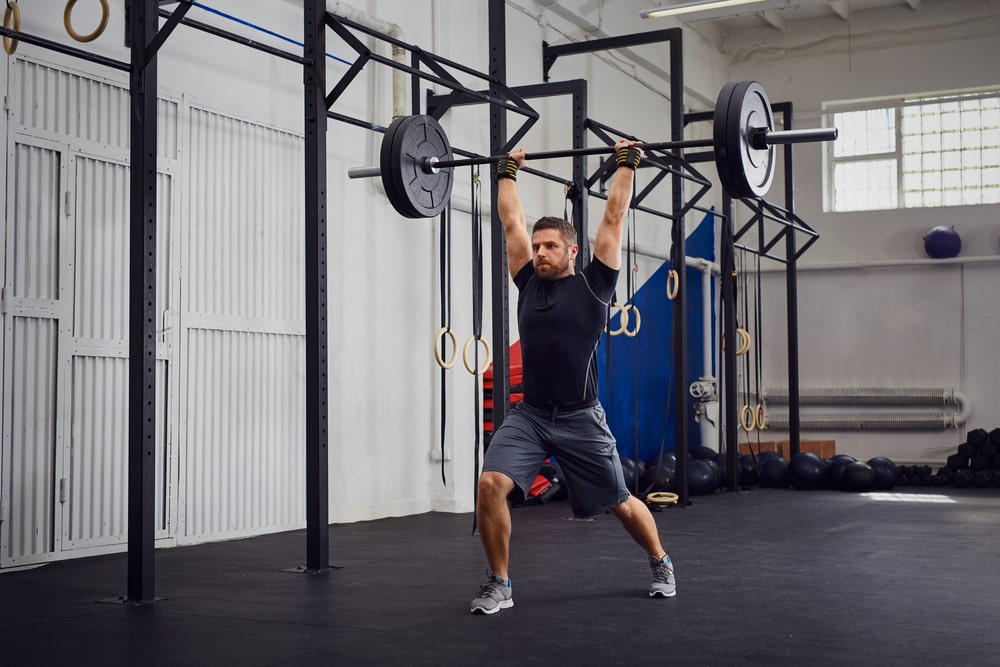



Lift, lower, repeat. Strength training can be a simple process. However, if you want to reap the benefits of this form of exercise (and avoid injury), you’ll need to adopt some additional techniques and habits that carry you through to your end goals.
Interest in strength training has significantly increased over the past few years as more and more studies come out touting its many physical and mental health benefits. Besides increased muscle strength, strength training facilitates healthy ageing, bone health, heart health, and injury prevention.
If you’re interested in learning more about strength training or want to take your current strength training techniques to the next level, this article is for you.
Strength training also goes by the names of resistance training, muscular training, and weight training. These various forms of strength training all have a few things in common:
Strength training uses body weight or heavy equipment to build up physical strength, stamina, and endurance for better all-round performance.
It often involves the use of resistance bands, weights, and dumbbells to achieve this goal. The three main types of strength training include:
Even though strength training is often used by either experienced or professional sportsmen and women, it’s an accessible form of exercise that just about anyone can do with the right trainer or training, tools and techniques.
To give yourself or your clients the edge, take a look at the following techniques for smarter strength training.

Warming up before intensive exercise is a training technique that should never be skipped. Just as the term suggests, warming up raises your internal body temperature and sends more oxygenated blood towards the muscles, priming them for development.
Warming up increases your range of motion and energy levels before a workout, allowing you to make the most out of every session.
It can also help to prevent injury by “waking up” the muscles and preparing them for activity. The harder you intend to work out, the longer and more intensive your warm-up procedure should be. Starting off with some gentle reps before beginning your actual workout can go a long way.
Your tempo is the way you control the pace at which you exercise. It relates to how long your muscles spend beneath tension within the concentric, isometric, and eccentric portions of the exercise. By controlling your tempo, you can manipulate the outcome of exercise sessions.
By focusing on tempo during strength training, you can extract more energy out of your workout, learn better control over your movements, and increase awareness around weaknesses.
The shoes you wear during strength training exercises play a huge role in the outcome of your workout. Runners know never to overlook the power of a good pair of shoes, but people performing strength training should take their footwear just as seriously.
The most important thing to know about shoes for strength training is that they should never be running sneakers. Running shoes are often air-infused and spongy, making them perfect for long-distance running, but bad for maintaining the body’s centre of gravity.
This loss of internal stability can cause improper form, leading to injury. Cushioned soles may also warp over time, continuing to cause imbalance. The best type of shoes for strength training are sturdy with little to no heel lift, as this promotes better stability and comfort.
It’s important to maintain a mindset of balance when approaching strength training. A lot of strength trainers become fixated on certain parts of the body, leaving others to decline in form.
This can cause an imbalance of strength, which makes overall progress much harder to achieve. Legs, arms, abdomen, chest, back, shoulders, and hips should all get worked on in relatively equal measures.
It’s also important to exercise the opposing sides of the body. Both left and right sides should get exercised correspondingly. A good split training workout program is a great way to ensure that the whole body gets a workout and that there’s ample recovery time included too.
In today’s world, there are apps and technologies for just about every activity—even strength training. There are several high-functioning smart technologies that are ideal for use when working on improving your strength training performance and lifestyle, including:
Smart technology isn’t necessary for smart strength training, but it can help to measure progress and receive comprehensive feedback on the journey to achieving your fitness goals.

With the right approach, strength training has so much to offer the body and mind. In addition to building strength, you can improve your mental endurance, burn calories, lose body fat, improve heart health, prevent the risk of injury, increase mobility, and even improve brain health.
What makes strength training such a popular form of exercise is its accessibility and a wide variety of techniques. Whether you’ve been strength training for years or just starting out, you and anyone who you train in the future can benefit from this knowledge. Getting strong just got easier!